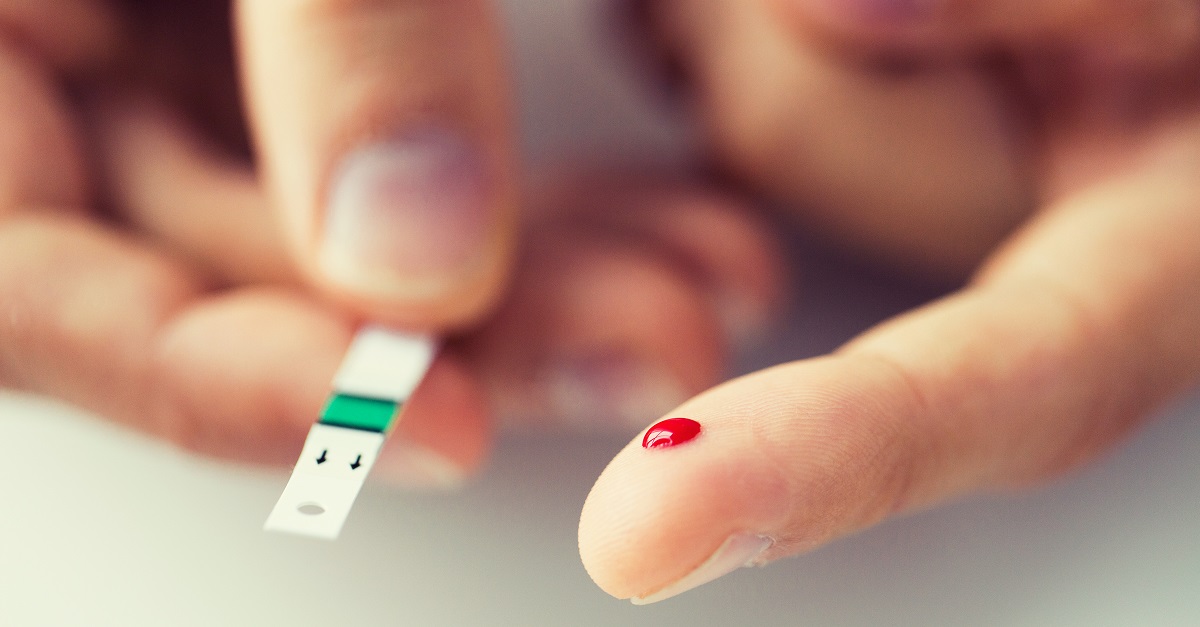Regarding the most pervasive diseases affecting patients today, diabetes proves to be one of the most under-diagnosed and neglected. Of the estimated 29.1 million people living with diabetes in the United States alone, nearly 28% are undiagnosed. This accounts for more than eight million men, women, and children completely unaware of – and therefor further endangered by – their illness. This appalling statistic clearly highlights a major flaw in our healthcare system. After all, how can a disease more prevalent than all forms of cancer combined be so easily overlooked?
Listed below are a few advantages offered through remote patient monitoring to improve rates of early detection in diabetes patients and greatly enhance the awareness and disease education needed to treat those inflicted.
- Encouraging virtual consultations: One of the great assets of telemonitoring is that it improves patient relationships through virtual consultations. Typically, a check-in with the doctor means time away from work and home, accompanied by long waiting room visits and pricey copays. Remote patient monitoring allows patients to circumvent these difficulties, granting instead the flexibility of consulting with clinical experts remotely from their homes and workplaces. This not only eliminates the more dreaded and time-consuming aspects of doctor visits, but also encourages patients to develop increased communications with their clinicians. In this way, remote patient monitoring greatly improves the detection of early warning signs in both diabetes and pre-diabetes patients.
- Increasing education and promoting healthy living through wellness programs: Remote patient monitoring allows employers to implement wellness programs into their workplace environments – predominantly aimed at employees with chronic diseases, including diabetes – thereby increasing employee health through lifestyle coaching, daily exercise, and increased communication with clinicians. Such programs are also terrific opportunities for employers to reduce rates of absenteeism and improve overall morale and productivity. Likewise, employees benefiting from employer-based telehealth programs – which could include a diabetes management program – not only tend to live healthier lifestyles – greatly reducing their risks of developing diabetes – but also gain access to lifestyle coaching and educational courses designed to identify warning signs and regularly analyze health data.
- Empowering those with a family history of diabetes to manage and prevent pre-diabetes: Almost every case of type 2 diabetes evolves from pre-diabetes, a condition considerably more common than diabetes. In 2012, an estimated 86 million Americans were affected by pre-diabetes – a number roughly three times larger than the amount of type 1 and type 2 diabetes patients combined. As patients with pre-diabetes often show no warning signs, it can be difficult to diagnose. However, patients who have a family history of diabetes can use remote patient monitoring to monitor their blood glucose levels at home with portable devices, tremendously improving chances of early detection and even prevention of type 2 diabetes.
Diabetes is a devastating disease, made infinitely more challenging when not detected early. Through remote patient monitoring, however, patients can keep a closer watch on their symptoms and vitals to detect early warning signs of complications and increase their overall quality of life.



